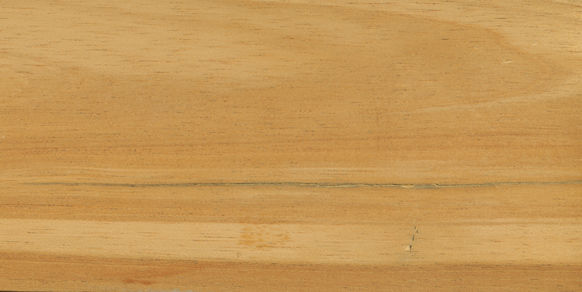Mahogany other than Swietenia: Lovoa
- Gaskell Guitars Australia

- Sep 19, 2020
- 2 min read
Natively-grown Swietenia (American mahogany) is no longer available in the world market and commercial trade has been severely restricted since 2003. Today, new American mahogany is grown only in plantations, mainly in Asia and the South Pacific. Plantation mahogany accounts for 95% of world trade in American mahogany.
To understand why, read this: What is Mahogany?
However, Swietenia is not the only genus in the Meliaceae (Mahogany) family that yields high quality timber. The Meliaceae family consists of 49 genera with approximately 550 species. Some have timber uses and some are even used as direct replacements for Swietenia. Others are merely plants and may only produce fruit, oil and seed often used for medicines or lotions. Of the ones that do yield timber, some include the word "mahogany" in their trade name and others do not. There are two terms to know:
GENUINE MAHOGANY as a term applies to mahogany of the Swietenia genus only, wherever grown.
TRUE MAHOGANY describes the timber of any Mahogany family genus other than Swietenia.
Many timbers in the Mahogany family are suitable as genuine mahogany substitutes.
Lovoa
Lovoa is a Mahogany family genus with two species, both native to Africa. Both yield very high-quality timber suitable for many uses. Timber from these species range in colour from yellowish brown to dark brown, sometimes with darker streaks and veins. It is usually traded as Brown Mahogany, or African Walnut in the United States where it is sold as veneer. Striped pieces are traded as Tigerwood.
Lovoa trichilioides is found in Angola, Cameroon, Congo, Côte d’Ivoire, Gabon, Ghana, Liberia, Nigeria, Sierra Leone, Tanzania, and Uganda. It's local name is Dibetou. Wood from this species is highly valued for furniture, cabinet work, flooring, carpentry, joinery, interior trim, stairways, panelling and veneer, and plywood. In Africa it is used for house construction, vehicle bodies, implements and handles, and to make canoes. It is suitable for ship building, sporting goods, musical instruments (especially pianos), toys, novelties, railway sleepers, carving, boxes, crates, turnery and as pulpwood. Small exports originate from Côte d’Ivoire, Cameroon, Gabon, Ghana, and Congo.
Lovoa swynnertonii occurs in eastern Democratic Republic of the Congo, Kenya, Uganda, Tanzania, Zimbabwe and Mozambique and has the same trade names with the additional trade name Kilamanjaro Mahogany. Its wood is used to make furniture and has been used in Kenya for bridge construction. This species has been subject to heavy exploitation in many regions and is rare almost everywhere in its distribution area. It is listed as “near threatened” in the IUCN Red list. Plantations have been unsuccessful because of infestation by Hypsipyla robusta.
References:
http://www.prota4u.org/protav8.asp?h=M4&t=Lovoa&p=Lovoa+swynnertonii#Synonyms
http://www.worldagroforestry.org/treedb/AFTPDFS/Lovoa_trichilioides.PDF
http://www.woodworkerssource.com/online_show_wood.php?wood=Lovoa%20trichiliodes
http://www.wood-database.com/lumber-identification/hardwoods/african-walnut/
http://www.iucnredlist.org/details/33057/0 (L. trichilioides)
http://www.iucnredlist.org/details/33967/0 (L. swynnertonii)










Comments